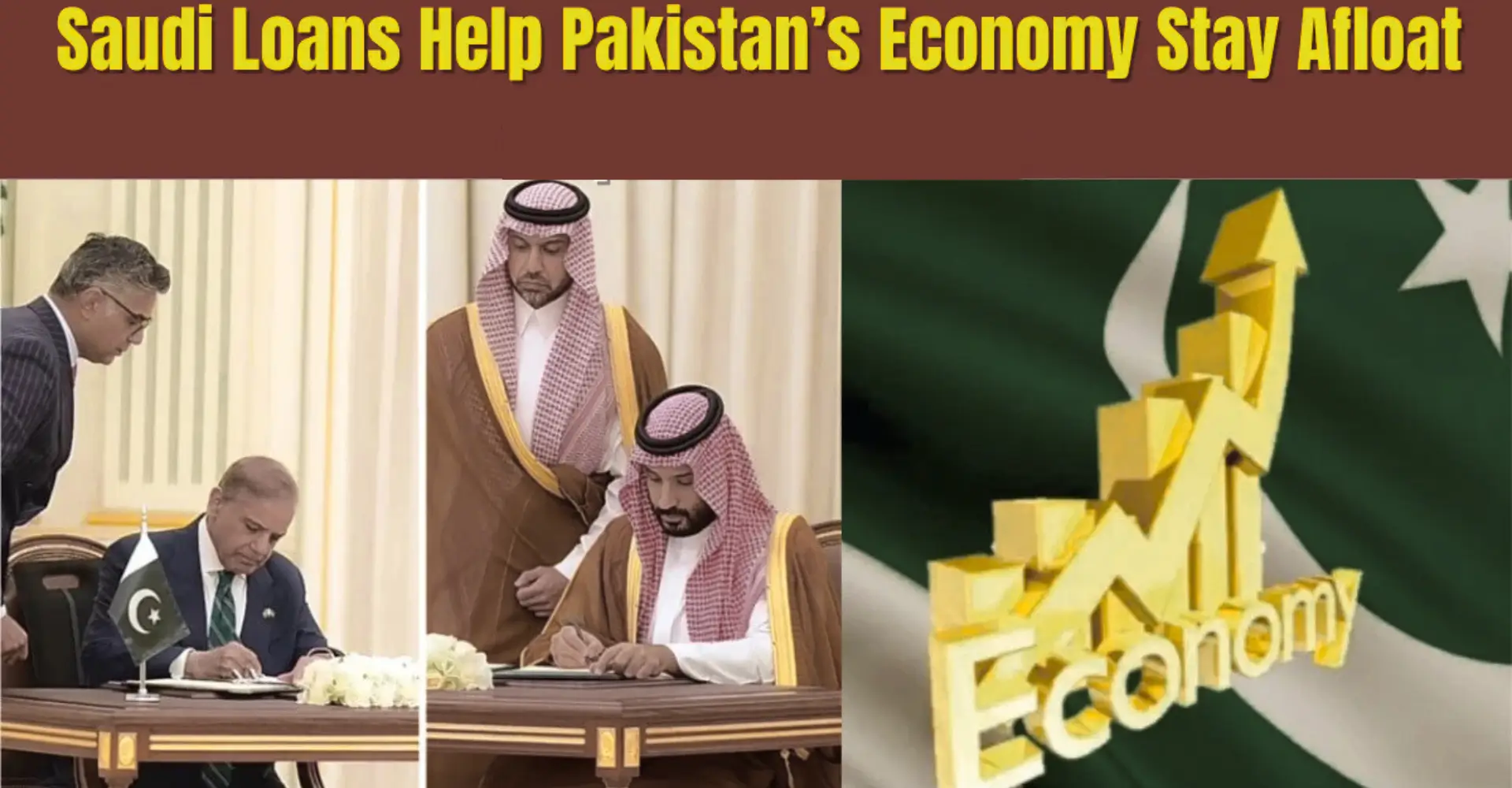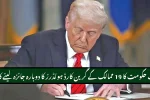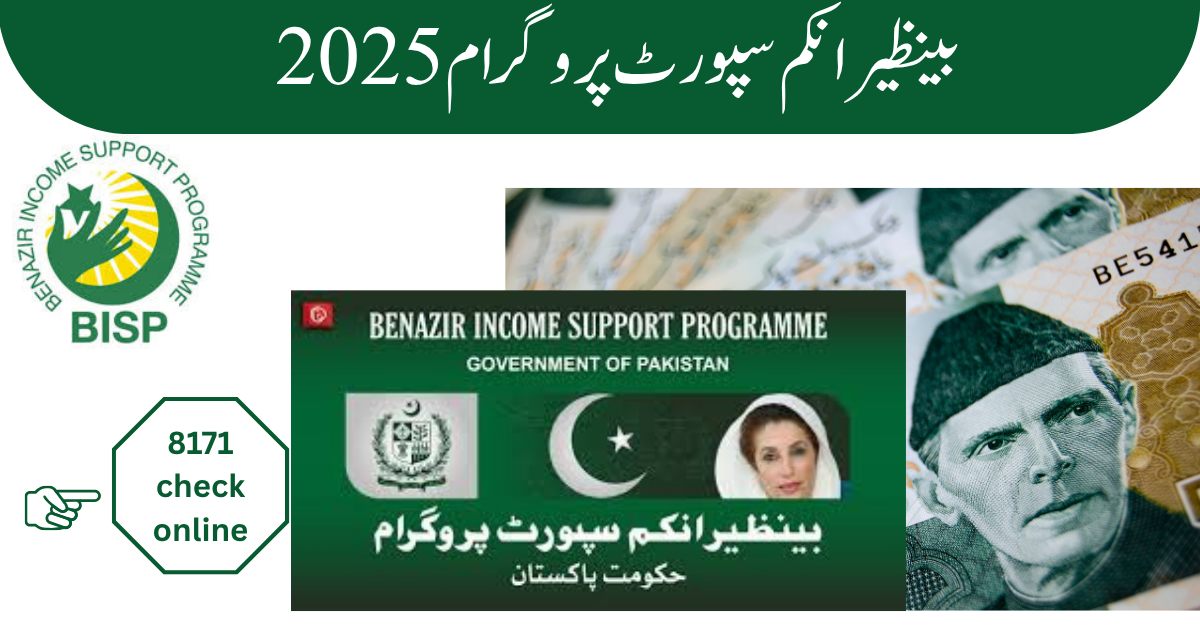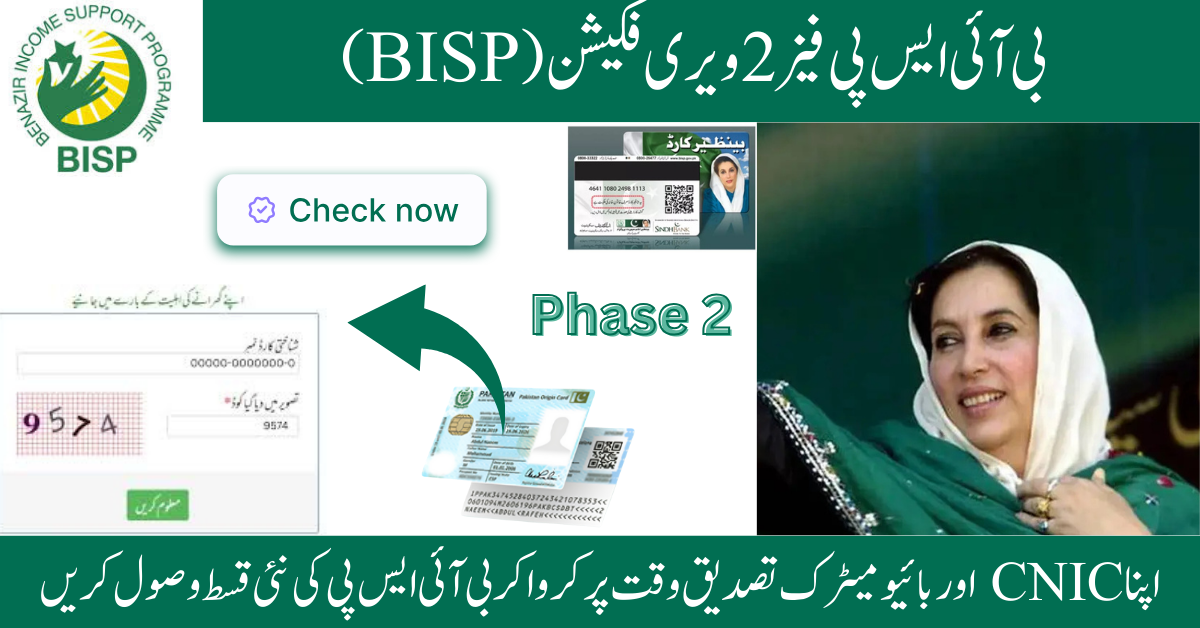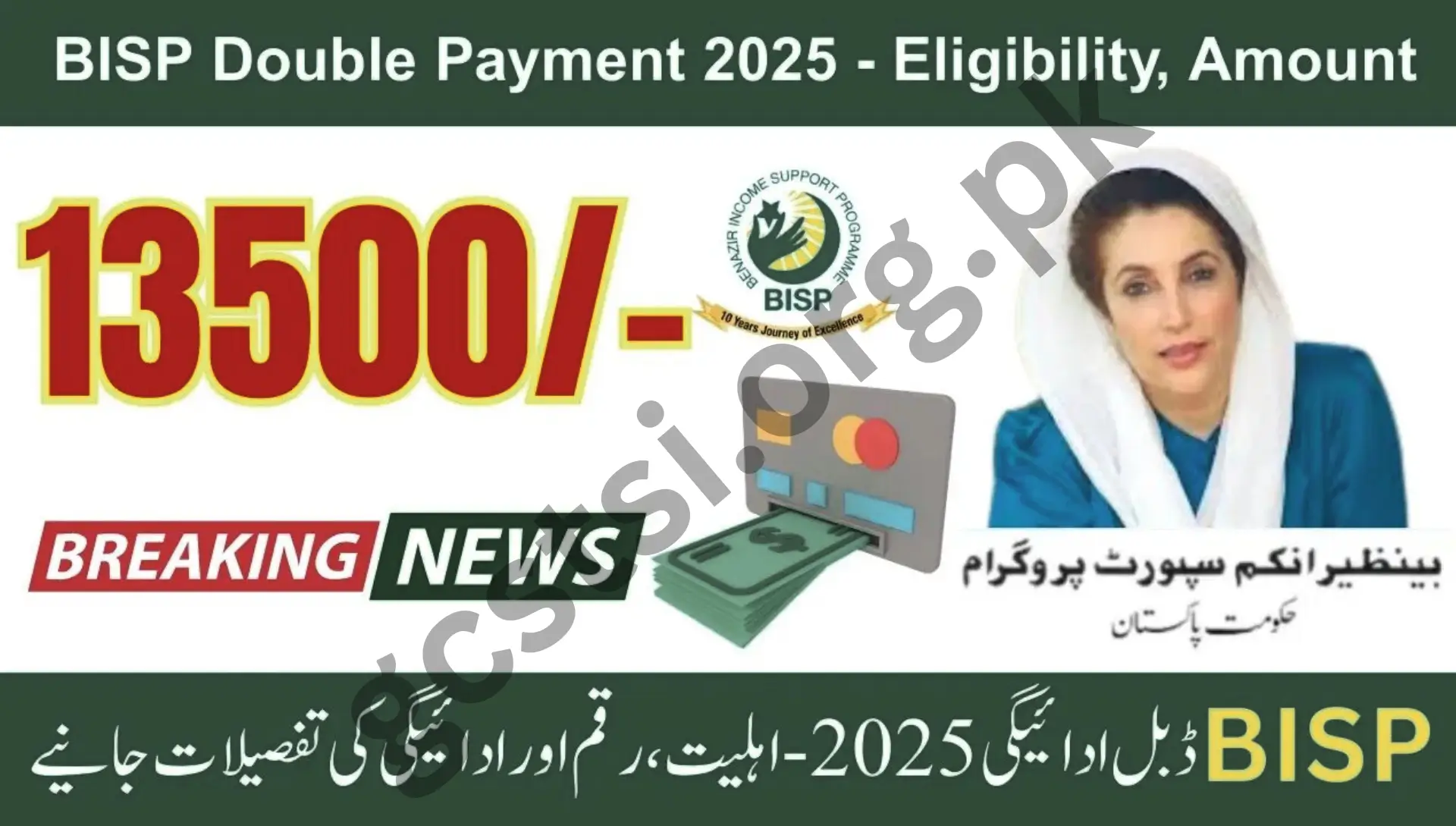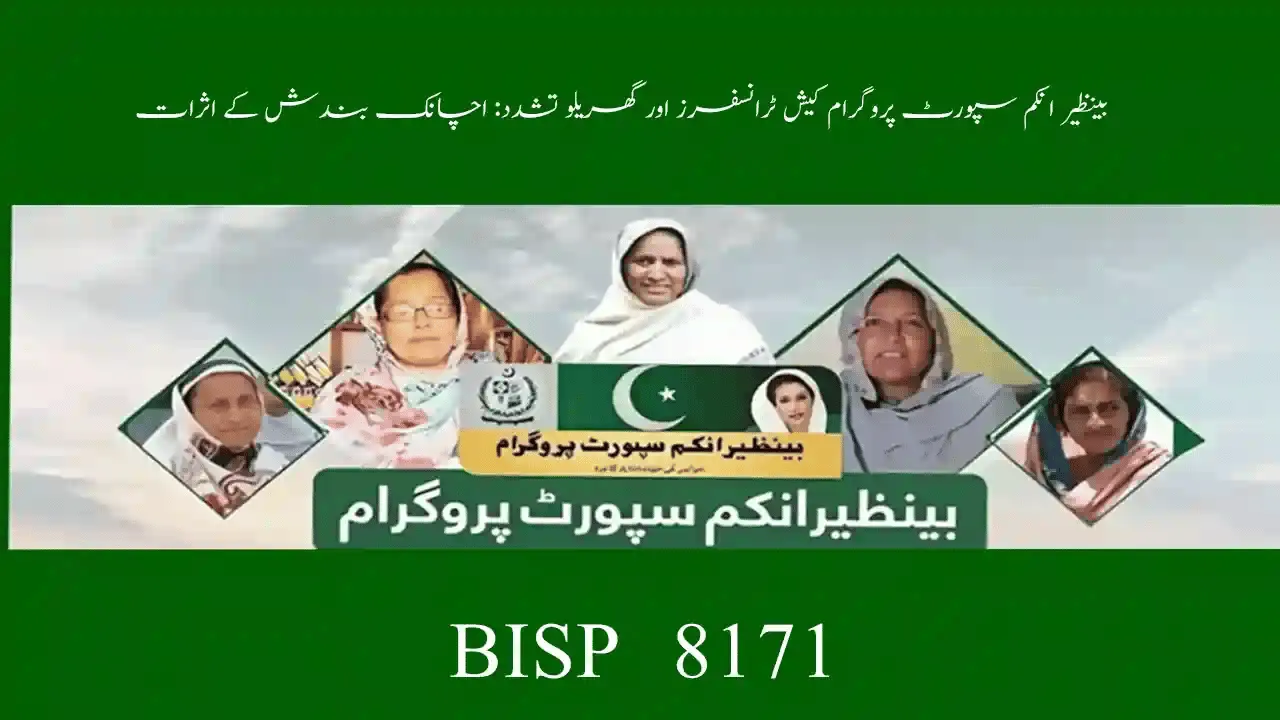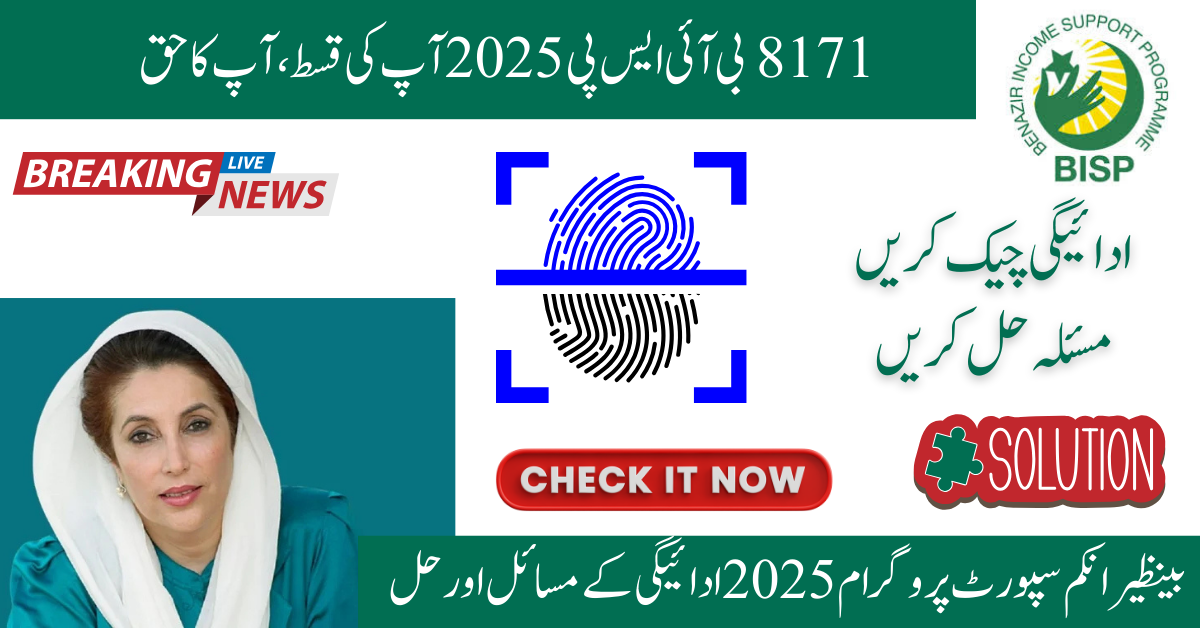Saudi Loans Help Pakistan Economy Stay Afloat in 2025. Pakistan’s economy is navigating another challenging phase in October 2025, relying heavily on Saudi loans to keep its foreign reserves and budget stable. These affordable credit lines, offered at just 4% interest, have become a financial lifeline, giving Pakistan much-needed breathing space amid inflation, currency pressure, and IMF conditions. Let’s explore how these Saudi loans are helping Pakistan stay financially afloat this year.
Saudi Loans: The Financial Lifeline Pakistan Needed
Saudi Arabia has emerged as one of Pakistan’s strongest economic partners, providing $5 billion USD in cash deposit facilities that the State Bank of Pakistan (SBP) continues to roll over annually.
Key Highlights
- Total Saudi Deposits: $5 billion
- Interest Rate: 4% per year (far below commercial lending rates)
- Maturity Dates: $2 billion due Dec 2025 & $3 billion due Jun 2026
- Arrangement Type: Government-to-Government (Offline)
These loans, often renewed without extra cost, have helped Pakistan meet IMF requirements, stabilize the rupee, and ensure critical imports like fuel and medicine continue uninterrupted.
Saudi Loans Supporting Pakistan’s Economy
| Program / Facility | Start Date | Maturity / Rollover Date | Loan Value (USD) | Interest Rate | Type of Arrangement |
|---|---|---|---|---|---|
| Saudi Deposit (2 Billion) | 2020 – 2021 | Dec 2025 (Expected Rollover) | $2 Billion | 4% | Government / SBP Offline |
| Saudi Deposit (3 Billion) | Earlier – Renewed Yearly | Jun 2026 (Expected Rollover) | $3 Billion | 4% | Government / SBP Offline |
| Combined Deposits (Saudi + China + UAE) | Various Years | Under IMF Program (3 Years) | ≈ $12 Billion | 4 – 6% | Bilateral / Government |
| Saudi Oil Facility | Earlier Years | Ongoing | $1.2 Billion | 6% Flat | Oil Financing Deal |
Why Pakistan Relies Heavily on Saudi Loans
Maintaining Foreign Reserves
Pakistan’s foreign exchange reserves often hover around $14 – 15 billion, a significant portion of which comes from friendly nations. Without these deposits, Pakistan would struggle to pay for imports, debt servicing, and currency stabilization.
Meeting IMF Conditions
Under the IMF Extended Fund Facility (EFF), Pakistan must maintain certain levels of foreign deposits from bilateral partners like Saudi Arabia, China, and the UAE. These reserves create investor confidence and prevent sudden financing gaps.
Building Global Trust
By consistently rolling over its deposits, Saudi Arabia signals confidence in Pakistan’s financial reforms. This encourages other lenders, such as China and the UAE, to continue their support as well.
Why Saudi Loans Are Cheaper — Interest Rate Comparison
| Source | Interest Rate | Notes |
|---|---|---|
| Saudi Deposits (5 Billion) | ≈ 4% | Most affordable facility for Pakistan |
| China / UAE Deposits | ≈ 6.1% – 6.5% | Higher borrowing cost |
| Saudi Oil Facility | ≈ 6% | Flat rate, for energy imports |
| Commercial Bank Loans | 7% – 9% (SOFR + margin) | Short-term and costly |
The 2–3 percentage point difference saves Pakistan hundreds of millions of dollars annually — a significant relief for a country battling inflation and currency devaluation.
How These Loans Work (Mechanism Explained)
- Deposit Agreements: Saudi Arabia deposits USD amounts into Pakistan’s State Bank accounts.
- Rollover Cycle: When the deposit matures, instead of withdrawing funds, Saudi Arabia extends the term.
- Interest Payment: Pakistan pays a 4% annual interest on the amount held.
- IMF Monitoring: These transactions are verified by the IMF to meet program targets and reassure global creditors.
Short-Term Economic Benefits for Pakistan
- Reserve Stability: Prevents foreign exchange crisis and ensures import payments.
- Debt Servicing Ease: Lower interest means manageable repayments.
- Investor Confidence: Signals continued global support for Pakistan.
- Currency Support: Keeps the Pakistani Rupee relatively stable.
- Inflation Control: By avoiding sharp currency depreciation, import prices stay lower.
Long-Term Implications — Beyond 2025
The Good Side
- Continued Friendship: Saudi Arabia has become a reliable partner in Pakistan’s economic recovery.
- Cheaper Financing Access: 4% interest loans offer huge budget relief.
- IMF Compliance: Helps Pakistan meet international financing conditions smoothly.
The Challenges
- Dependency Risk: Relying on a few countries can be dangerous if geopolitics shift.
- Rollover Uncertainty: Future extensions depend on political relations.
- Reform Need: Pakistan still needs to improve exports, revenue, and energy efficiency.
- Debt Trap Warning: Even cheap loans accumulate interest over time.
Role of Other Countries — China and UAE
While Saudi Arabia leads in cheap financial assistance, China and the UAE also play vital roles.
| Country | Support Type | Estimated Amount | Notes |
|---|---|---|---|
| Saudi Arabia | Cash Deposits & Oil Facility | ≈ $5 Billion + $1.2 Billion Oil Credit | At 4% – 6% Interest |
| China | Currency Swap + Loan Rollover | ≈ $5 Billion | Supports FX Reserves Directly |
| UAE | Cash Deposits + Short-Term Credit | ≈ $2 Billion | Helps with import payments |
| Total Support (3 Countries) | — | ≈ $12 Billion | Makes up bulk of Pakistan’s reserves in 2025 |
These three nations together anchor Pakistan’s external stability and enable IMF program continuation.
IMF Conditions and the Rollover Game
The IMF’s 2025 programme mandates that Pakistan maintain external financing commitments from key bilateral partners.
- Condition #1: Foreign deposits must remain stable until programme completion.
- Condition #2: Pakistan must not use these funds for day-to-day budget spending.
- Condition #3: Government must increase revenue collection and cut subsidies to reduce dependency.
Saudi Arabia’s continued rollover compliance is helping Pakistan stay on track with the IMF benchmarks and avoid delays in future tranches.
How Much Pakistan Saves Because of Saudi Loans
A simple calculation shows how cost-effective these loans are:
| Loan Type | Amount (USD) | Interest Rate | Annual Interest Payment |
|---|---|---|---|
| Saudi Deposits | $5 Billion | 4% | $200 Million / Year |
| Commercial Loans | $5 Billion | 7% – 8% | $350 – 400 Million / Year |
| Annual Savings | — | — | ≈ $150 – 200 Million per Year Saved |
That saving alone can fund essential imports or social welfare programmes — a clear win for Pakistan’s budget.
What Pakistan Should Do Next — Expert Insights
- Strengthen Exports: Expand industrial and IT exports to earn foreign exchange.
- Diversify Lenders: Engage with new partners like Qatar, Malaysia, and Türkiye to spread risk.
- Boost Remittances: Simplify channels for expats to send money home.
- Energy Reforms: Cut import bill through renewables and local energy projects.
- Fiscal Discipline: Reduce non-productive spending and increase tax base.
Recent Developments — October 2025 Update
- Saudi $2 Billion Deposit: Confirmed rollover till Dec 2025.
- $3 Billion Facility: Negotiations for 2026 extension already in progress.
- China Swap Renewal: Expected before IMF board review in December.
- Rupee Exchange Rate: Holding between Rs 277 – 283 per USD, helped by reserve stability.
- Inflation Trend: Slight decline to 21% YoY from 24% last quarter.
These figures reflect how Saudi loans and other rollovers are directly helping Pakistan avoid a balance-of-payments crisis.
Long-Term Vision — From Survival to Stability
Saudi loans are a temporary fix — not a permanent solution. Experts believe Pakistan must use this period to strengthen its economic base and reduce dependency.
Key Takeaways
- Cheap loans buy time for reforms, not replace them.
- Investment in exports, education, and energy security is vital.
- Fiscal policy discipline can reduce future foreign dependency.
If these steps are taken timely, Pakistan can move from financial survival to sustainable growth within the next few years.
FAQs
1. Why is Pakistan relying on Saudi loans in 2025?
Because Saudi Arabia offers low-interest cash deposits at 4%, helping Pakistan stabilize its foreign reserves and meet IMF conditions.
2. How much total support has Saudi Arabia provided to Pakistan?
Around $5 billion in cash deposits and $1.2 billion in oil financing facilities.
3. When will Pakistan repay these Saudi loans?
Most facilities are rolled over annually, with current maturities in December 2025 and June 2026.
4. Are Saudi loans cheaper than other international loans?
Yes. Saudi charges 4%, while China and UAE facilities cost around 6–6.5%, and commercial loans reach 8–9%.
5. What can Pakistan do to reduce foreign loan dependence?
Boost exports, increase remittances, broaden tax base, and improve fiscal discipline to reduce external borrowing.
Conclusion
In October 2025, Saudi loans help Pakistan’s economy stay afloat by offering low-interest credit and rolling over existing deposits without extra costs. These funds strengthen foreign reserves, stabilize the rupee, and boost investor confidence. However, to move from survival to self-sufficiency, Pakistan must implement real economic reforms increase exports, reduce imports, and diversify its sources of funding.

